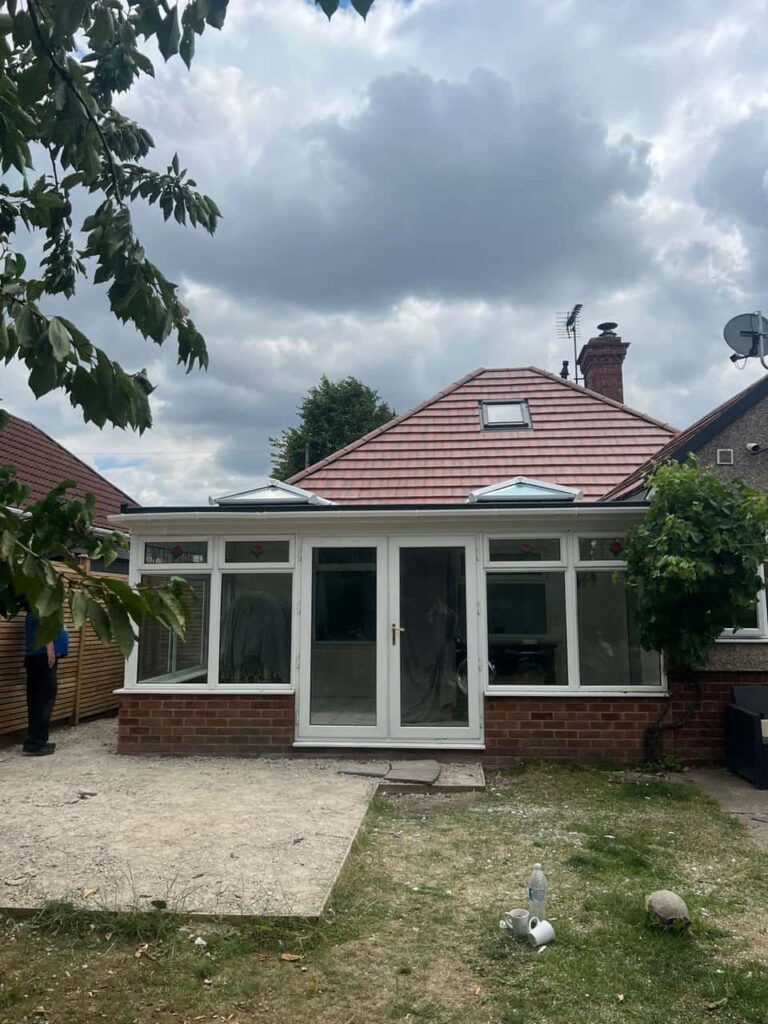Introduction: Planning a roof replacement can be daunting, but understanding the timeline can help alleviate concerns and ensure a smooth process. At Bognor Regis Roofing Repairs, we recognise the importance of clarity and transparency in every roofing project. In this guide, we’ll outline the typical timeline for a roof replacement, from initial preparation to project completion, so you know what to expect.
Factors Affecting Roof Replacement Timeframes
Before diving into specific timelines, it’s essential to consider several factors that can influence how long a roof replacement takes:
1. Size and Complexity of the Roof
The size and architectural complexity of your roof play a significant role in determining the duration of the replacement project. A larger or more intricate roof design may require more time for installation and detailing.
2. Weather Conditions
Weather conditions can impact the roofing schedule. Ideally, roof replacement should be scheduled during dry, mild weather to minimise delays and ensure proper installation.
3. Type of Roofing Material
Different roofing materials have varying installation times. For example, asphalt shingles are generally quicker to install than slate or tile roofing, which requires more meticulous placement.
4. Contractor’s Schedule and Crew Size
The availability of your roofing contractor and the size of their crew can affect project timelines. Ensure you discuss scheduling expectations and crew size with your contractor before starting.
Typical Timeline for Roof Replacement
While every roof replacement project is unique, the following timeline provides a general overview of the process:
1. Preparation and Planning (1-2 Weeks)
- Initial Consultation: Consult your roofing contractor to discuss your needs, preferences, and budget.
- Roof Inspection: Conduct a thorough inspection to assess the condition of your current roof and determine the scope of work required.
- Material Selection: Choose the roofing material that best suits your home and budget. Your contractor can guide durability, aesthetics, and cost.
2. Permits and Approvals (Varies)
- Permit Acquisition: Obtain any necessary permits or approvals from local authorities before work begins. The time required for permits can vary depending on your location.
3. Removal of Old Roofing (1-2 Days)
- Old Roof Stripping: The existing roofing materials, including shingles, underlayment, and flashing, are removed. This process typically takes 1-2 days, depending on the roof size and crew efficiency.
4. Roof Installation (1-2 Weeks)
- Underlayment and Preparation: Install a new waterproof underlayment to protect against moisture.
- Roofing Material Installation: Begin installing the chosen roofing material, following manufacturer guidelines and best practices. Depending on the roof size and complexity, the installation process can take 1-2 weeks.
5. Finishing Touches and Clean-Up (1-2 Days)
- Flashing and Trim: Install flashing around roof penetrations and edges for added weather protection.
- Final Inspection: Conduct a thorough inspection to ensure the roof meets quality standards and complies with manufacturer warranties.
- Clean-Up: Remove debris, nails, and any leftover materials from the installation process.
6. Completion and Post-Installation Care (Ongoing)
- Documentation: Receive documentation of completed work, including warranties and care instructions for your new roof.
- Maintenance Advice: Follow recommended maintenance practices to extend the lifespan of your roof and ensure its continued performance.
Conclusion: While the duration of a roof replacement project can vary based on several factors, proper planning and communication with your roofing contractor can help streamline the process. Bognor Regis Roofing Repairs is committed to delivering high-quality roofing services with transparency and professionalism.
Call us on: 01243 973 491
Click here to find out more about Bognor Regis Roofing Repairs
Click here to complete our contact form and see how we can help you with your roofing needs.

